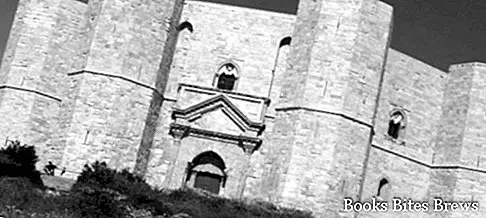What to see in Andria, itinerary including the main monuments and places of interest, including the Cathedral with the Holy Thorn, Palazzo Ducale and Castel del Monte.
Tourist information
Founded by Pietro I Normanno around the middle of the year 1000, Andria is located in the midst of a territory inhabited since prehistoric times.
Under the Swabians it experienced a flourishing period, especially when Frederick II established the imperial residence in the place.
In the inhabited center there are interesting buildings, including the Church of San Francesco, dating back to the thirteenth and fourteenth centuries with subsequent alterations, characterized by pointed arches and eighteenth-century bell tower.
The Church of San Domenico, from the late Gothic period, has an eighteenth-century bell tower, while the Church of Sant'Agostino from the 1200s stands out for its remarkable elegantly decorated Gothic portal.
The Duomo was built in 1100, on top of a previous church which was later transformed into a crypt, and rebuilt in the fifteenth century.
The lower part of the facade was built in 1844 to a design by the architect Federico Santacroce, while the upper part was added in the twentieth century, following the Romanesque scheme including rose window and single lancet windows.
The bell tower, located on the side of the building, is the result of two successive constructions, consisting of an original square-based tower from the Lombard period, to which was added an additional floor with narrow pointed windows and large mullioned windows.
What see
The three-nave interior, where interesting traces of Romanesque and Gothic structures stand out, houses the Holy Thorn, traditionally belonging to the crown of thorns of Jesus, and the remains of San Riccardo, who was Bishop of Andria.
The Diocesan Museum is housed in the Bishop's Palace, which collects works of art previously distributed in urban churches, including the Madonna and the Redeemer, noteworthy paintings by Andrea executed in the fifteenth century.
The Palazzo Ducale, an ancient medieval fortress transformed into a residence in the sixteenth century, was subsequently reworked.
Recommended readings- Trani (Puglia): what to see
- Puglia: Sunday day trips
- Manfredonia (Puglia): what to see
- Vieste (Puglia): what to see
- Altamura (Puglia): what to see
Among the excursions to do in the surrounding area, the one at Castel del Monte, 15 km away, a famous Swabian castle located on one of the major reliefs of the Murge, which is the greatest expression of Swabian architecture in Southern Italy, is recommended.
Built at the behest of Frederick II around the mid 1200s, this castle has an octagonal layout, with the division of the two floors defined externally by a thin relief frame that runs the entire perimeter of the building.




